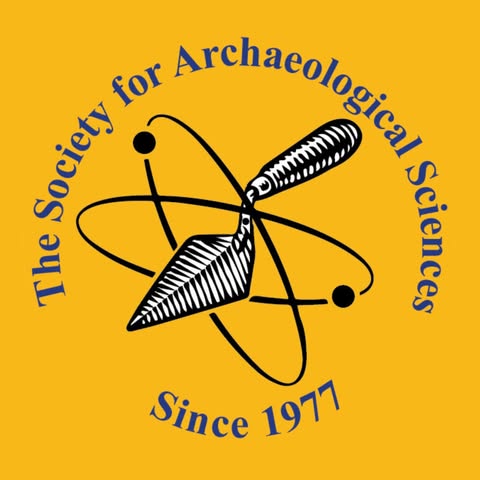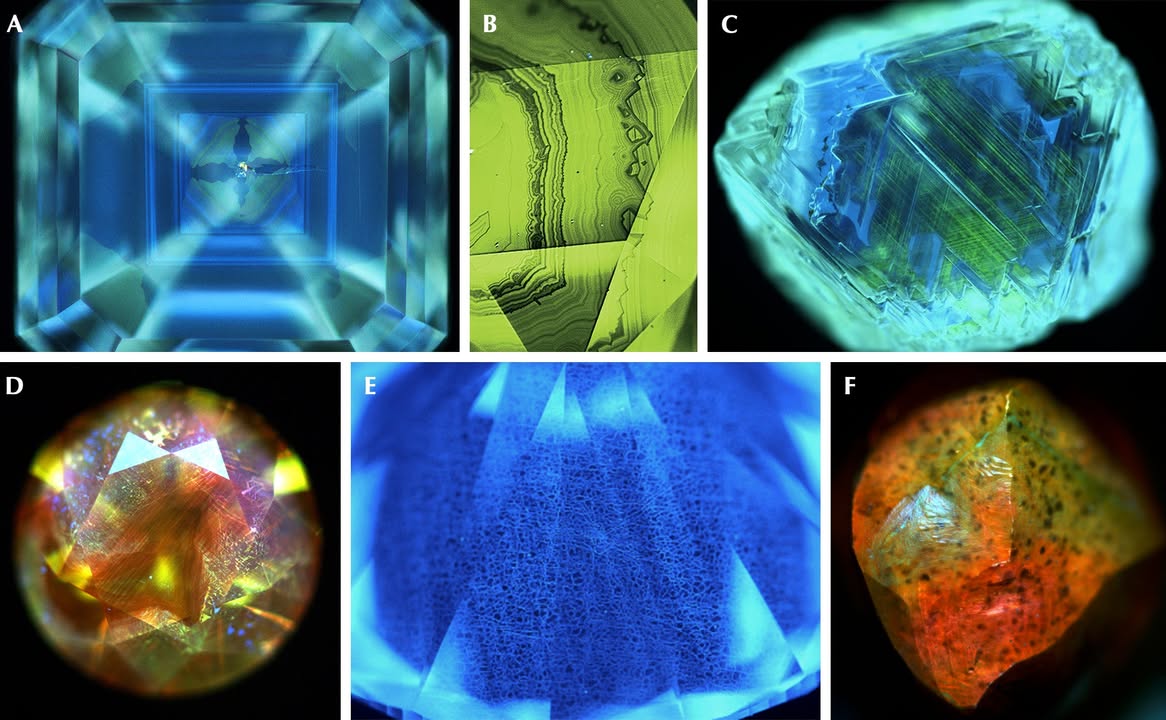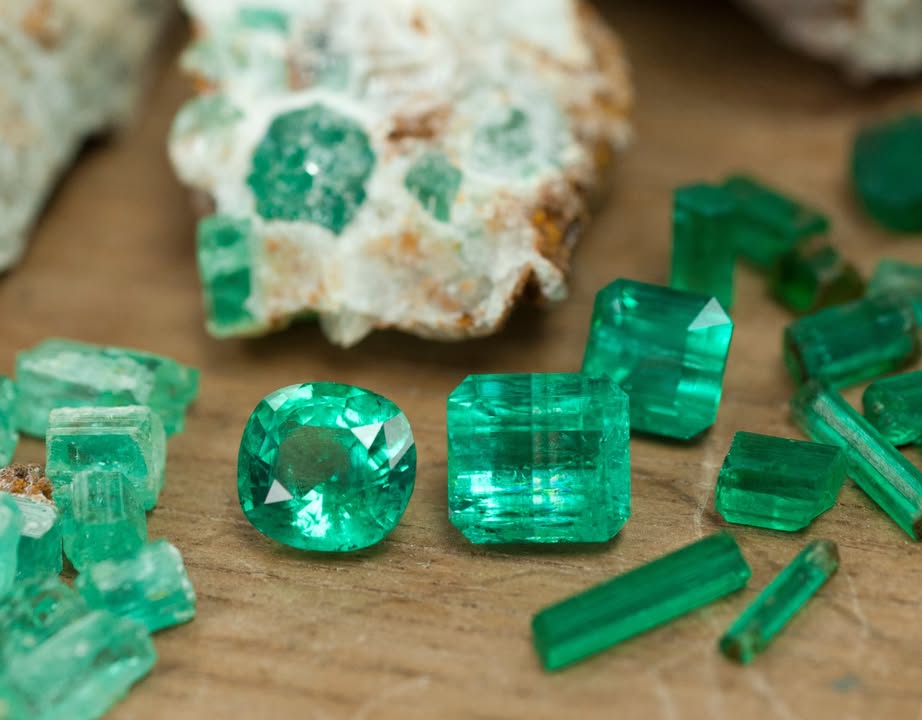
Gemological Institute of America, Inc.
Taking the next step in your professional journey or starting a new career? GIA courses can help prep Ensuring the Public TrustA nonprofit institute, GIA's mission is to ensure the public trust in gems and jewelry by upholding the highest standards of integrity, academics, science, and professionalism through education, research, laboratory services, and instrument development. GIA attained its leadership role through decades of integrity and ingenuity, and everything we do is still driven by this mission.

Founded
1931
102289
Web
Sign in to see organisation website
Traffic
20422
Gemological Institute Of America | All About Gemstones - GIA Please choose a language Scholarships for Gemology Jewelry Arts Courses Applications Open March 1 31 Aquamarine From River Blueto Sea Green March Birthstone Two LimitedTime Offers Reduced Fees on Diamond Update Services GIA Diamond Dossier 20 Off Available at all GIA locations. Advanced Gemological Testing New Gems Gemology Issue Research News The Latest on LaboratoryGrown Diamonds The Latest in Field Gemology from Wim Vertriest Analytical Techniques in Gemology A Historical Overview Application of UVVisNIR Spectroscopy to Gemology Infrared Spectroscopy and Its Use in Gemology Shining a Light on Gemstone Properties An Exploration of Photoluminescence Spectroscopy Raman Spectroscopy and XRay Diffraction Phase Identification of Gem Minerals and Other Species Chemical Analysis in the Gemological Laboratory XRF and LAICPMS Glowing Gems Fluorescence and Phosphorescence of Diamonds Colored Stones and Pearls Applications of XRay Radiography and XRay Computed Microtomography in Gemology Metrology at GIA Analysis of Gemstones at GIA Laboratories Learn Connect Learn How To Buy Engagement Rings Discover Diamond Origin Use our labs to Verify a Stone Download Gems Gemology Featured Gems Found in lava meteorites and deep in the earths mantle yellowgreen peridot is the extreme gem. Dazzling brilliance. Captivating color.
From Social media
News about from their social media (Facebook and X).
Data about organisation
Professional Societies & Associations Category
Organisations with similar rank to Gemological Institute of America, Inc. in category Professional Societies & Associations

62. National Congress of Parents and Teachers
National PTA® comprises millions of families, students, teachers, administrators, and business and community leaders devoted to the educational success of children and the promotion of parent involvement in schools.

64. Gemological Institute of America, Inc.
Taking the next step in your professional journey or starting a new career.

International Linguistics Community Online.

66. Eastern States Veterinary Association Inc
The North American Veterinary Community (NAVC) is a nonprofit organization that provides world-class .
Carlsbad
Organisations from Gemological Institute of America, Inc.

4. National Association of Music Merchants Inc
The National Association of Music Merchants is a not-for-profit organization.

5. LA Costa Community Home Fellowship Church
God's work.

6. Gemological Institute of America, Inc.
Taking the next step in your professional journey or starting a new career.

The official Facebook page of the Major Arena Soccer League.

8. Young Presidents Organization Inc
YPO is the global leadership community of more than 35,000 chief executives in 142 countries.
Similar organisations
Similar organisations to Gemological Institute of America, Inc. based on mission, location, activites.

Dive into discovery with us.

NACCU is the National Association of Campus Card Users.

Society for Archaeological Sciences University of California
The SAS is a non-profit organisation for students & professionals working in archaeological science.
Similar Organisations Worldwide
Organisations in the world similar to Gemological Institute of America, Inc..

COLOURFUL LIFE FOUNDATION (uk)
Ethically sourced, genuine gemstone jewellery crafted with care & precision 💍💜.

GROUP FOR EDUCATION IN MUSEUMS (uk)
Membership-based sector support organisation that promotes excellence in museum & heritage education.

The Gemmological Association of Great Britain (uk)
Creating and supporting gemmologists since 1908.
Interesting nearby
Interesting organisations close by to residence of Gemological Institute of America, Inc.

American Federation of Teachers
We are the teachers' union for Palomar Community College in San Marcos, CA.

North County Human Resources-San Diego
NCHR-SD provides its members with education, professional contacts, and legal updates to better serve the needs of today's HR professional.
Similar social media (102289)
Organisations with similar social media impact to Gemological Institute of America, Inc.

22793. Women's Funding Network
The largest philanthropic alliance in the world dedicated to gender justice funders.

A Kansas City non profit founded by big-hearted pit masters in the wake of the Joplin, MO tornado.

22795. Gemological Institute of America, Inc.
Taking the next step in your professional journey or starting a new career.

22796. University of Virginia Darden School Foundation
The official account of the UVA Darden School of Business.

22797. People for the American Way Foundation
Fighting to stop hate, defend democracy, and take back our courts.
Similar traffic
Organisations with similar web traffic to Gemological Institute of America, Inc.

123607. American Foundation for Suicide Prevention NE Inc
IF YOU ARE IN SUICIDAL CRISIS PLEASE CALL 988.

123608. Gemological Institute of America, Inc.
Taking the next step in your professional journey or starting a new career.

123609. American Institute of Architects
Here to teach you about what architects & architecture do for you + your communities.

123610. Northeast Illinois Chapter the American Institute of Architects
Here to teach you about what architects & architecture do for you + your communities.
Join us and make a difference for the future!
Sign Up
Please fill in your information. Everything is free, we might contact you with updates (but cancel any time!)
Sign in with GoogleOr
Good News
"Thrilled to see Chappell Roan launch the Midwest Princess Fund for Trans Youth, already raising $400K! 💖✨ It's inspiring to witness artists using their platforms for such a meaningful cause. Let's support our communities and uplift every voice! 🌈 #LGBTQ #TransYouth #GoodNews"
Chappell Roan Unveils Midwest Princess Fund for Trans Youth -- and She's Already Raised $400K
Billboard
Like Comment"Support systems are essential for new moms, especially when their own mothers can't be there – let's work together to create a community that uplifts and embraces them during this transition! 💖 #MaternitySupport #CommunityCare"
1 in 3 New Moms Don't Have Their Mothers by Their Side -- And It's Taking a Toll
Parents
Like Comment










:max_bytes(150000):strip_icc()/PARENTS-mothering-without-a-mom-17c8ae5646484126ac9c58d28c9fb5d0.jpg)